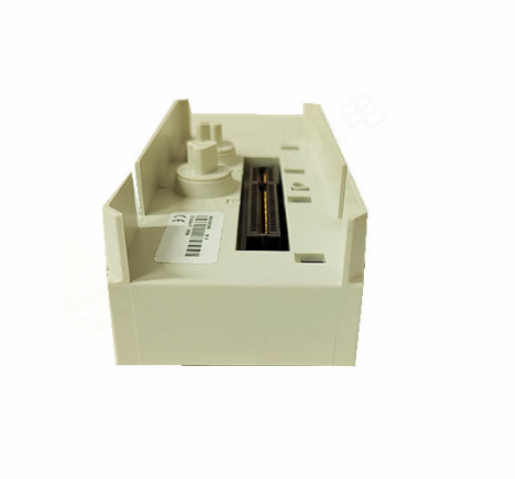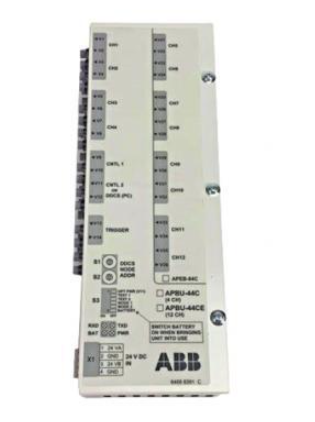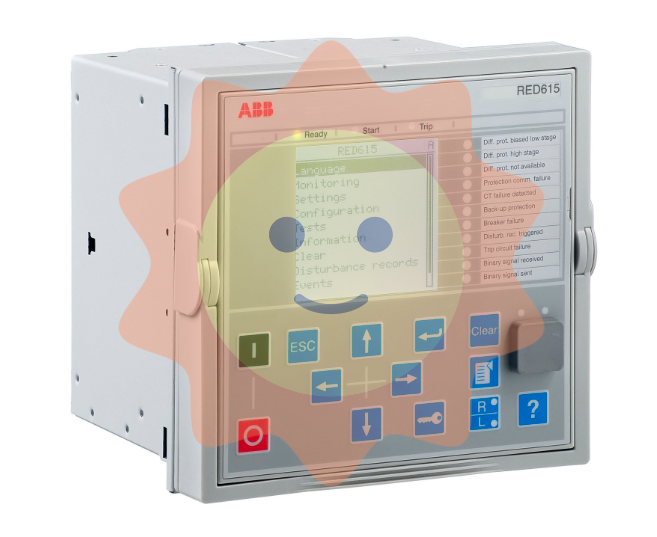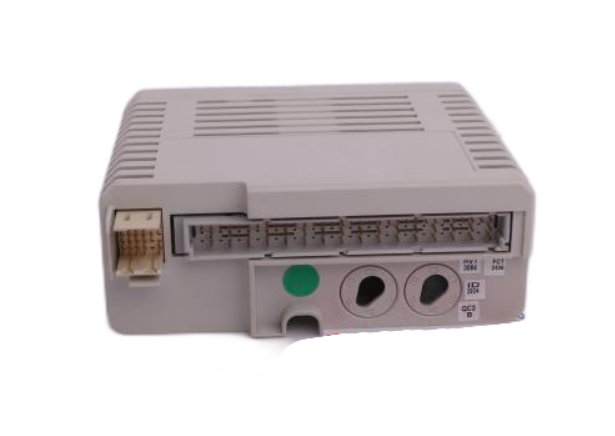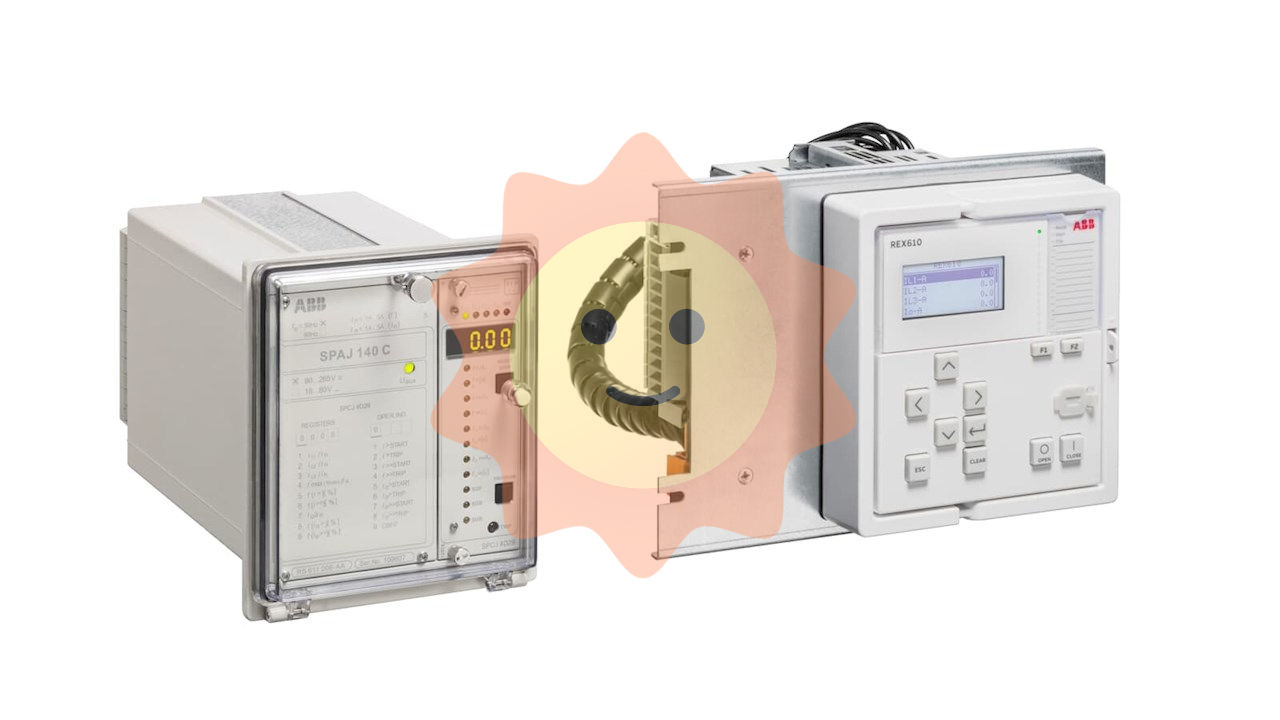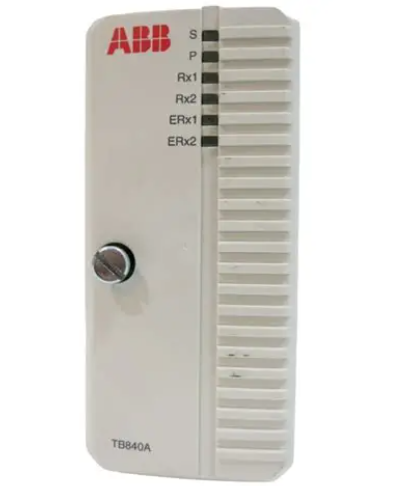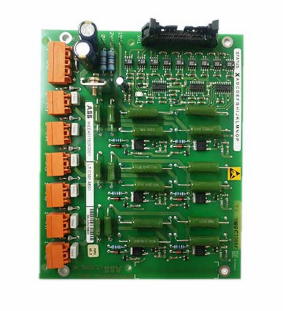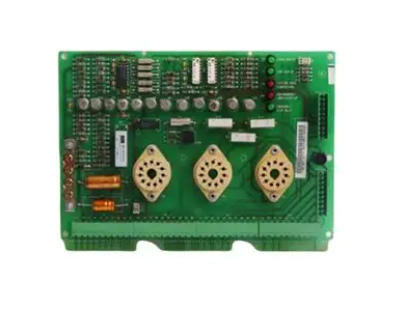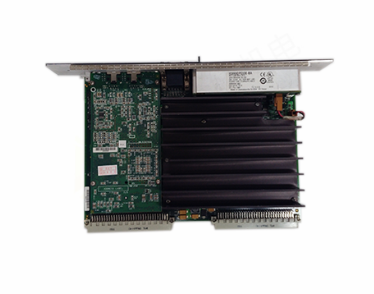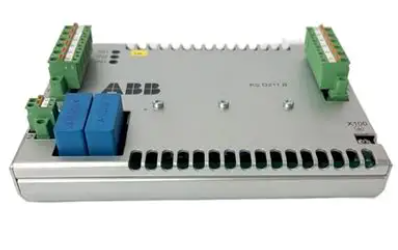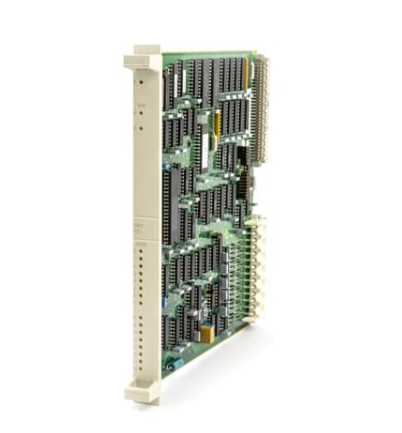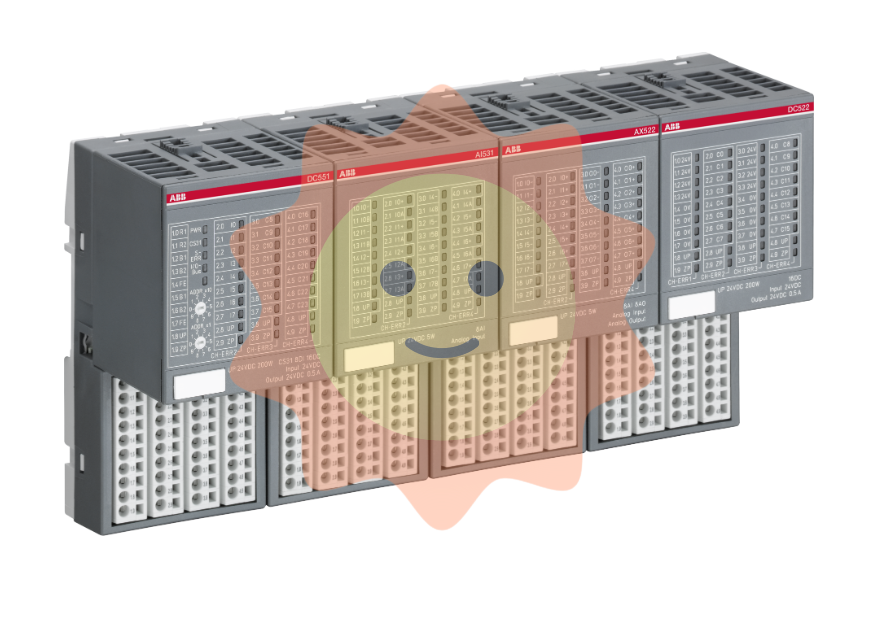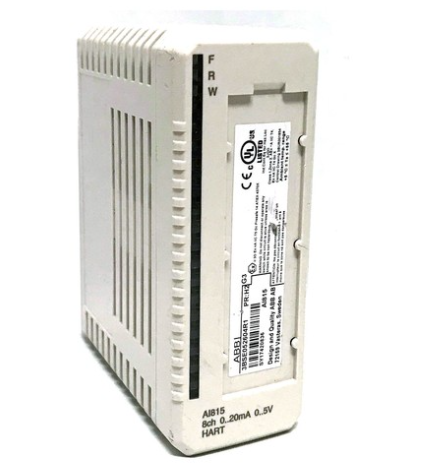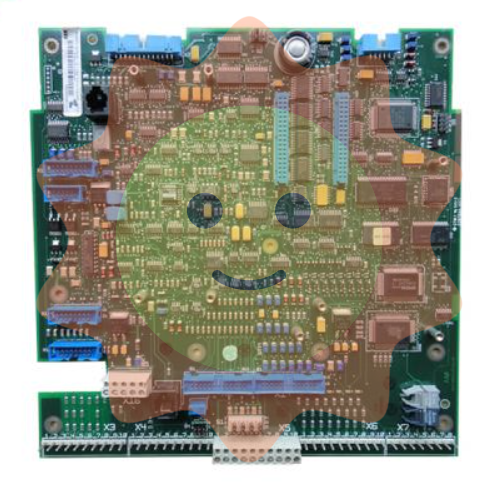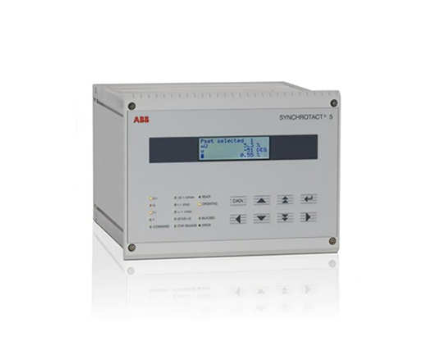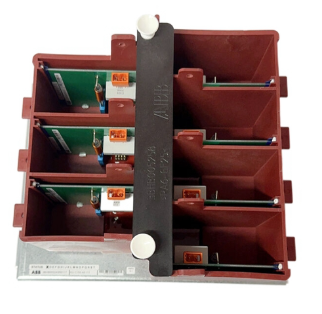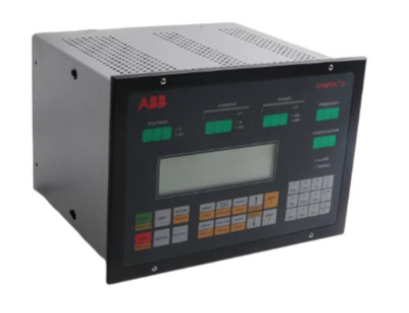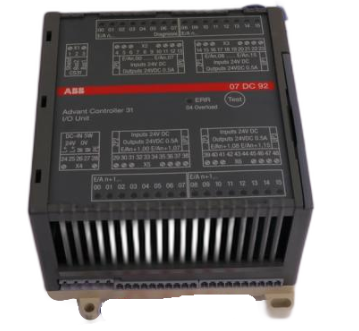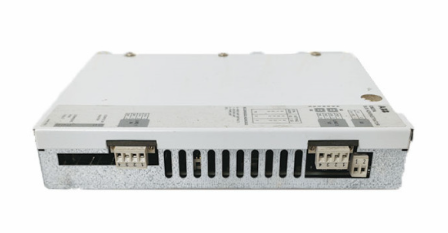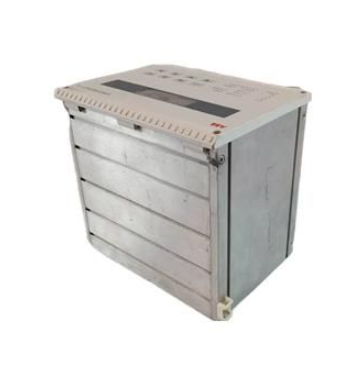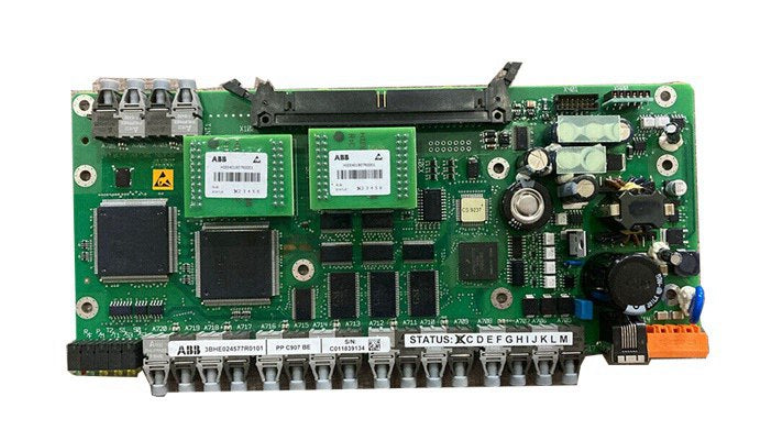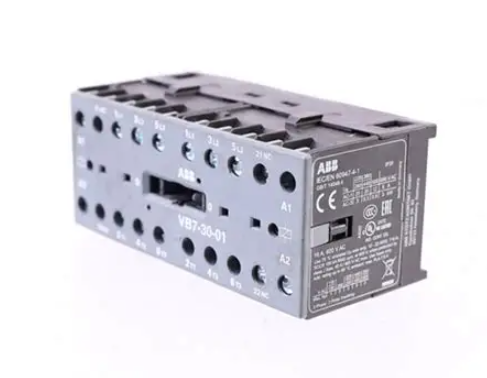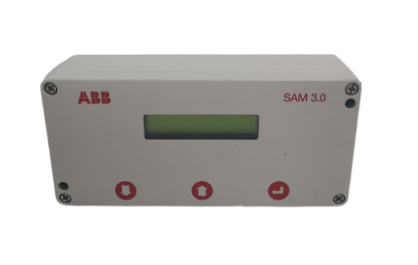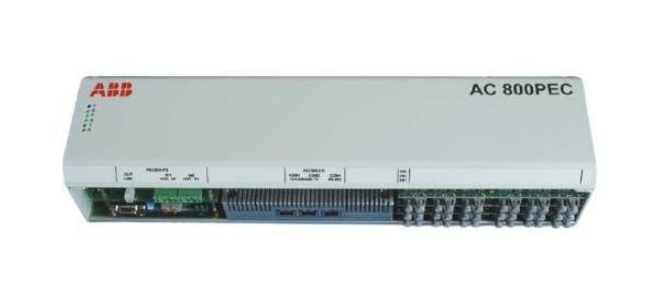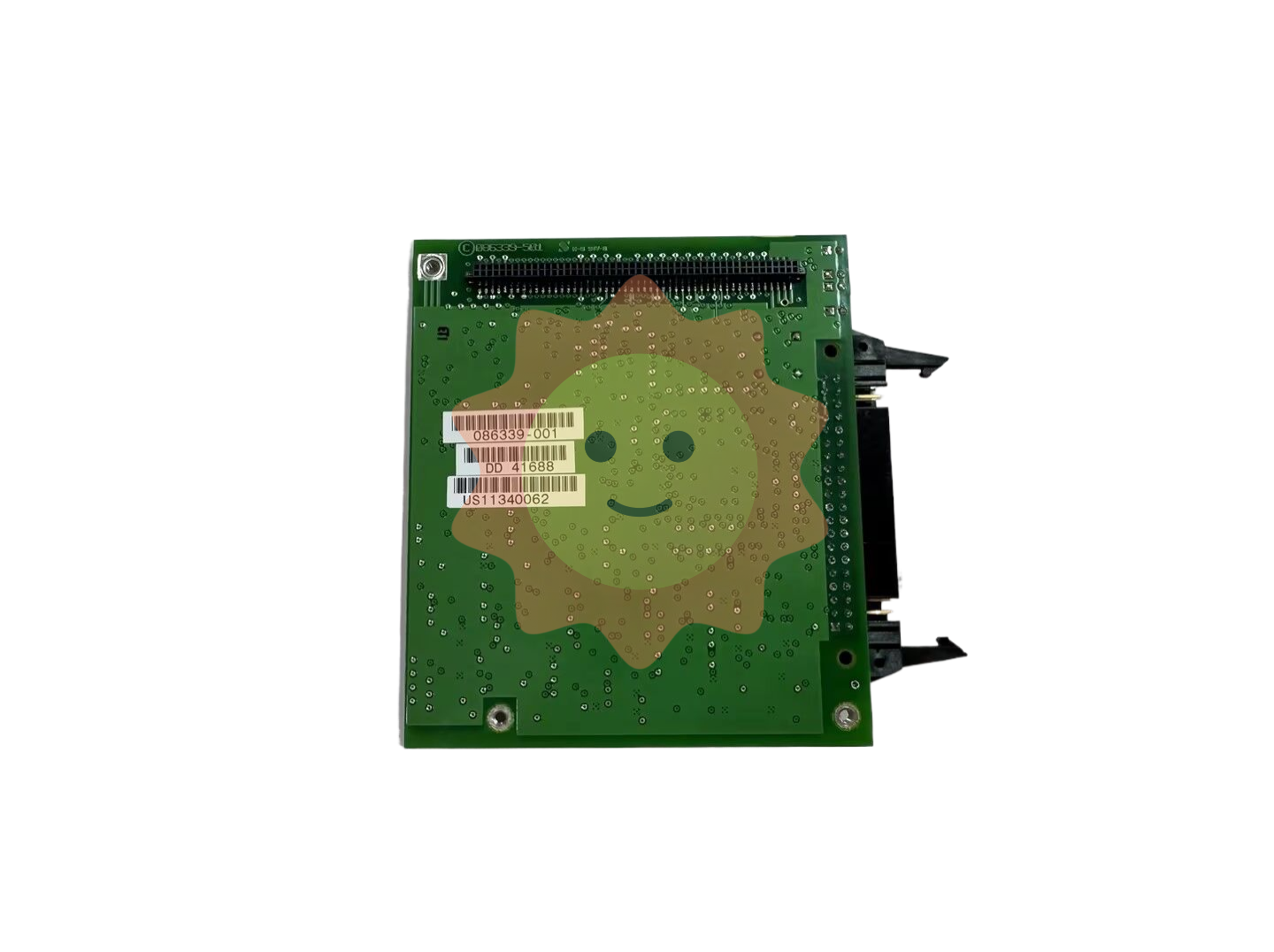ABB GCC960C103 3BHE033067R0103 Controller Module
ABB GCC960C103 3BHE033067R0103 Controller Module
The ABB GCC960C103 3BHE033067R0103 controller module belongs to the AC 800M series and is produced in Switzerland. It is a multifunctional and high-performance controller module that plays a key role in industrial automation control systems. It can efficiently handle various complex control tasks and achieve precise and stable control of industrial processes.
Key specifications
Working voltage: 280V
Output frequency: 250
Material Code: 3BHE033068P106
Product certification: Qualified
Series: AC 800M
Functional Features
Powerful control capability: Equipped with high-performance microprocessors and abundant memory resources, capable of quickly processing various control tasks, implementing complex control algorithms, and accurately controlling multiple variables simultaneously, suitable for various industrial automation control systems.
Rich interface types: Equipped with multiple communication interfaces such as Ethernet, RS485, Profibus, etc., it is convenient to connect and exchange data with other devices, and can easily connect to upper computer monitoring systems, PLCs, and other intelligent devices to achieve remote monitoring and centralized management. At the same time, it has multiple digital input/output ports and analog input/output ports, which can be directly connected to on-site sensors, actuators, and other devices to achieve the acquisition of on-site signals and the output of control signals.
High reliability design: adopting redundant power supply design, anti-interference measures, and fault self diagnosis function to ensure stable operation even in harsh industrial environments. Having good electromagnetic compatibility, it can effectively resist external electromagnetic interference while reducing its own electromagnetic radiation to surrounding devices.
Flexible programming and configuration: Supports multiple programming languages such as ladder diagrams, C language, structured text, etc., making it convenient for engineers with different technical backgrounds to program. Providing visual programming software for module configuration, parameter setting, and program writing through a graphical interface reduces programming difficulty and improves development efficiency. Users can flexibly configure the functions and parameters of modules according to their actual application needs, adapting to different control scenarios and process flows.
Working principle
The controller module receives signals from field devices (such as sensors, buttons, etc.) through input interfaces. These signals are converted into digital signals after analog-to-digital conversion and sent to the microprocessor for processing. The microprocessor performs operations and judgments on input signals based on preset control programs and algorithms, and then converts the processed digital signals into analog signals through digital to analog conversion, or directly outputs digital signals, which are sent to actuators (such as motors, valves, etc.) through output interfaces, thereby achieving precise control of industrial processes. Throughout the process, the controller module also interacts with other devices through communication interfaces to achieve information sharing and collaborative work.
Usage precautions reminder
Installation environment adaptation: It should be installed in a dry, well ventilated, and suitable temperature (usually 0-50 ℃) environment, avoiding installation in places with high temperature, high humidity, high dust, or strong electromagnetic interference to avoid affecting module performance and service life.
Wiring specification operation: Strictly follow the product manual for wiring, ensure that the wiring is firm and correct, and avoid wiring errors such as short circuits and open circuits. Especially when connecting power and signal cables, pay attention to cable specifications and polarity to prevent module damage due to improper wiring.
Be cautious in programming and parameter setting: When programming and parameter setting, it is important to fully understand the control requirements and module functions, and carefully set various parameters. Incorrect parameter settings may cause abnormal or even damaged device operation. It is recommended to back up the original parameters before setting important parameters, so that problems can be restored in a timely manner.
Regular maintenance and inspection: Regularly maintain and inspect the controller module, including checking whether the hardware appearance is damaged, whether the wiring is loose, and whether the cooling fan is running normally. At the same time, regularly update the firmware version of the module to obtain better performance and functional support, and improve system stability.
Application area
Industrial automation production line: used to control various equipment on the production line, such as motors, conveyor belts, robots, etc., to achieve automation and intelligence of the production process, improve production efficiency and product quality. For example, in the automobile manufacturing production line, robots can be controlled to perform welding, assembly, and other operations, as well as to control the conveyor belt to transport parts and the entire vehicle.
- EMERSON
- Honeywell
- CTI
- Rolls-Royce
- General Electric
- Woodward
- Yaskawa
- xYCOM
- Motorola
- Siemens
- Rockwell
- ABB
- B&R
- HIMA
- Construction site
- electricity
- Automobile market
- PLC
- DCS
- Motor drivers
- VSD
- Implications
- cement
- CO2
- CEM
- methane
- Artificial intelligence
- Titanic
- Solar energy
- Hydrogen fuel cell
- Hydrogen and fuel cells
- Hydrogen and oxygen fuel cells
- tyre
- Chemical fiber
- dynamo
- corpuscle
- Pulp and paper
- printing
- fossil
- FANUC
- Food and beverage
- Life science
- Sewage treatment
- Personal care
- electricity
- boats
- infrastructure
- Automobile industry
- metallurgy
- Nuclear power generation
- Geothermal power generation
- Water and wastewater
- Infrastructure construction
- Mine hazard
- steel
- papermaking
- Natural gas industry
- Infrastructure construction
- Power and energy
- Rubber and plastic
- Renewable energy
- pharmacy
- mining
- Plastic industry
- Schneider
- Kongsberg
- NI
- Wind energy
- International petroleum
- International new energy network
- gas
- WATLOW
- ProSoft
- SEW
- wind
- ADVANCED
- Reliance
- YOKOGAWA
- TRICONEX
- FOXBORO
- METSO
- MAN
- Advantest
- ADVANCED
- ALSTOM
- Control Wave
- AB
- AMAT
- STUDER
- KONGSBERG
- MOTOROLA
- DANAHER MOTION
- Bently
- Galil
- EATON
- MOLEX
- Triconex
- DEIF
- B&W
- ZYGO
- Aerotech
- DANFOSS
- KOLLMORGEN
- Beijer
- Endress+Hauser
- MOOG
- KB
- Moxa
- Rexroth


Email:wang@kongjiangauto.com


